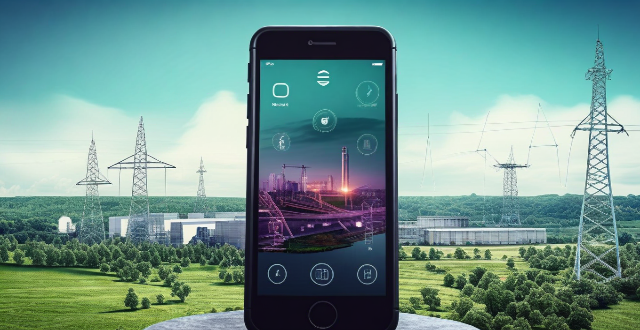Wireless phone chargers utilize inductive charging to transfer energy between a transmitter and receiver through electromagnetic fields. This technology offers convenience and compatibility, but considerations include efficiency, charging speed, and heat management.

How does a wireless phone charger work?
Wireless charging technology for smartphones and other devices has become increasingly popular in recent years. This technology allows users to charge their devices without the need for physical cables or connections. But how exactly does it work? Let's delve into the details.
Principle of Operation
Wireless charging is primarily based on a principle known as inductive charging. This involves the transfer of energy between two coils of wire, typically embedded in the wireless charger (transmitter) and the device to be charged (receiver).
Key Components
- Transmitter: The wireless charger contains a transmitter coil that generates an alternating electromagnetic field when powered on.
- Receiver: The device to be charged, such as a smartphone, contains a receiver coil that can pick up this electromagnetic field.
Energy Transfer Process
1. When you place your device on a wireless charger, the transmitter coil within the charger generates an alternating electromagnetic field.
2. This field induces a current in the receiver coil located within your device.
3. The induced current is then used to charge the battery of your device.
Efficiency and Compatibility
- Efficiency: Wireless charging is generally less efficient than wired charging due to heat loss during the energy transfer process. However, advancements in technology have increased efficiency rates over the years.
- Compatibility: Most modern smartphones support the Qi (pronounced "chee") standard for wireless charging. Ensure compatibility by checking for the Qi logo or specifications in your device's documentation.
Benefits of Wireless Charging
- Convenience: No need to fumble with cords or find the correct side of the connector.
- Portability: Many public places now offer built-in wireless charging stations.
- Durability: Fewer exposed ports can mean fewer points of potential damage from wear and tear.
Considerations
- Charging Speed: Wireless charging might be slower compared to wired charging, especially for fast charging capabilities.
- Positioning: Proper alignment between the transmitter and receiver is crucial for efficient charging.
- Heat Generation: Wireless charging can produce more heat than wired methods, which might affect the device's performance and longevity.
In conclusion, wireless phone chargers operate through inductive charging, utilizing electromagnetic fields to transfer energy between the charger and the device. While offering convenience and ease of use, they do come with considerations regarding efficiency, speed, and heat management. As technology continues to evolve, we can expect improvements in these areas, making wireless charging an even more compelling option for powering our devices.